MedievalReporter.com
Covering history's most marvelous millennium
Join our newsletter!

Covering history's most marvelous millennium
Covering history's most marvelous millennium
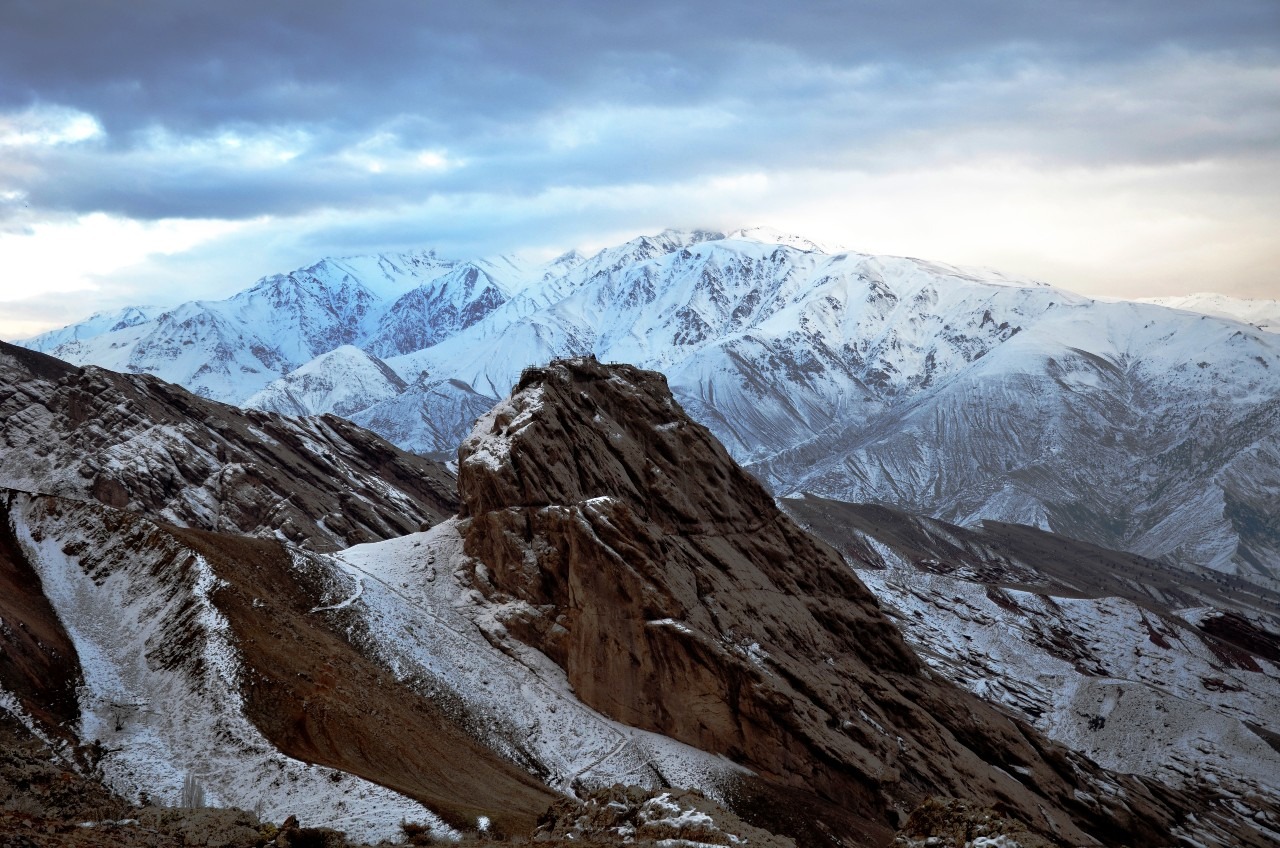
Right around the time the Crusaders furiously launched themselves against the mostly muslim Middle East, Islam experienced a period of great internal strife. On paper, the mighty Seljuq sultan ruled from Central Asia to Jerusalem, the holy city the Crusaders sought to free from his rule. However, in reality, his empire experienced a civil war during which a Shia sect called the Order of Assassins terrorized the Seljuq (Sunni) administration.
The insurgents ruthlessly murdered a string of high-placed officials. In our day and age, this cabal of dissidents has been popularized as Assassin’s Creed. How did the Old Man of the Mountain, as its grand master Hassan-i Sabbah was called, bring the Great Seljuq Empire to its knees?
Grab a short intro to the Seljuqs from our Medieval Guidebook.
During the 11th century CE, the Turkic Seljuqs gathered in Central Asia under a succession of successful warlords. They inflicted heavy defeats upon the sultan of Persia, after which they overran the Middle East. Within decades, the Seljuqs conquered modern-day Iran, Iraq, Syria, Turkey, and Israel and Palestine.
In theory, the muslim world was under the control of one caliph. He was supposed to be Muhammad’s true successor and thus Islam’s religious and secular leader. By the time the Seljuqs bore down on the region, however, the Islamic world was already rife with arguments regarding who should be caliph.

Earlier, the Sunni-Shia divide had already split Islam in two forever. During the Seljuq era, this religious debate encapsulated the political arena, too. There was a Sunni (Abbasid) caliphate centered around Baghdad and a rivaling Shia (Fatimid) caliphate based in Egypt.
The Seljuqs were Sunnis themselves. They entered into a fruitful partnership with the Sunni caliph. He blessed the Seljuq ruler as “Sultan of East and West”, a provocation of his Fatimid enemies – who already controlled “the West”.
Consequently, the Fatimids sponsored insurgency movements inside the Seljuq Empire. Against the overbearing might of the Seljuq-Abbasid world order, the rebels resorted to terror tactics. Inside this burgeoning resistance movement, a man called Hassan-i Sabbah quickly rose to prominence.
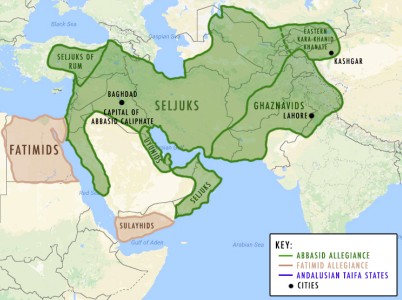
– advertisement –
– article continues below –
Hassan-i Sabbah was born in Qom, present-day Iran. Qom was home to a large Shia community. At the age of 17, Hassan swore loyalty to the Fatimid caliph – an act of treason as Qom was part of the Seljuq Empire.
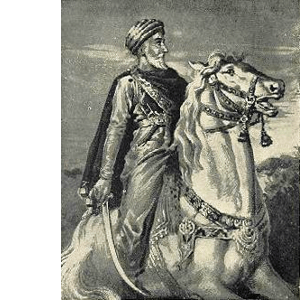
At the time, the Alborz mountains in northern Persia were already home to several troublesome Shia communities. The power of the sultan stretched very thin here. For this reason, Hassan chose this region to launch his insurgency operations from.
The Seljuq administration was – by then – largely ran by the influential office of the vizier. Comparable to how the Seljuq sultan ruled over Sunni Islam instead of the Abbasid caliph, it was actually the vizier who governed the Seljuq Empire instead of the sultan. In other words, the vizier was the de facto head of state.
When Hassan was young, a man named Nizam al-Mulk was vizier. And he was violently anti-Shia. Nizam al-Mulk soon caught wind of Hassan’s budding resistance movement.
The vizier sent a family member to have Hassan arrested. But news of this traveled quickly through the Shia community in the area. Hassan stealthily escaped in time.

By now, Hassan-i Sabbah had worked out that he needed a proper stronghold to resist Seljuq power. His eyes had fallen on Alamut Castle, a near-impregnable fortification in the Alborz mountain range. Weary of Seljuq informers and police officers patrolling the area, he slowly worked his way back into Alamut’s surroundings.
Over the course of two years, he secretly converted most of the region’s population to his specific interpretation of Shia Islam. Because of his teaching skills, the Seljuq governor of Alamut even hired him as a children’s teacher – without knowing that he let in a state enemy.
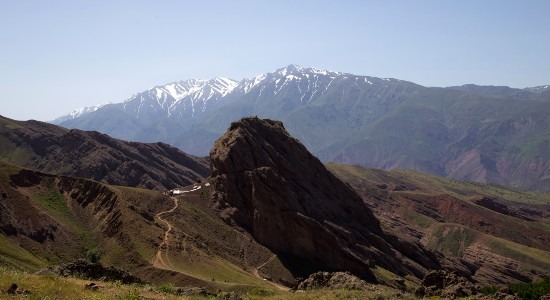
Sometime later, Hassan’s true identity was revealed. Outraged, the governor ordered his soldiers to arrest the troublemaker.
But the governor was powerless to stop him. Almost all the castle’s inhabitants were Hassan’s disciples and nobody was willing to arrest him. Realizing that he had been tricked, he begged Hassan to be released from the castle – a wish that was granted.
The charismatic preacher immediately took over control of the castle. He formally established an insurgent Shia state on Seljuq territory. Like a dagger pointed at the sultan’s heart, Alamut Castle threatened all Seljuq core lands in Persia.
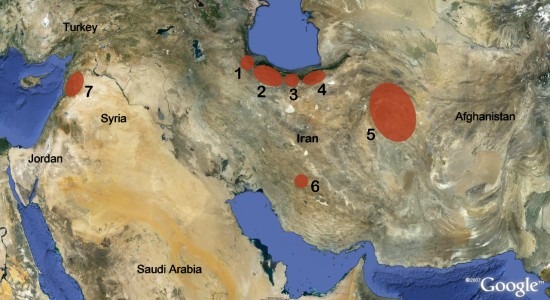
The military governor of the wider province that Alamut was part of soon moved against the rebels. He started harassing Shiites living at the foot of the mountain. At the same time, he began preparing for the siege of Alamut itself.
As if to underline Hassan’s supposedly divine mission, the governor died of natural causes before the siege had even begun. Surely this was a sign of Allah’s wrath at the Seljuq Sunni administration, the rebels reasoned.

The Seljuq vizier, Nizam al-Mulk, soon came to realize the inability of his governors to suppress the Shia rebellion. He sent a larger force against Alamut Castle. The army dug in around the mountain’s slopes and laid siege.
But the vizier underestimated how many Shiites had infiltrated the supposedly Sunni Seljuq administration, especially at the lower levels. Many local and regional governors in Seljuq Persia were Shiites. Therefore, Hassan had many friends to turn to.
He snuck out a message calling for help to the governor of a nearby region. Before long, a relief force was on its way. It attacked the besieging Seljuq army in the back and quickly broke its lines.
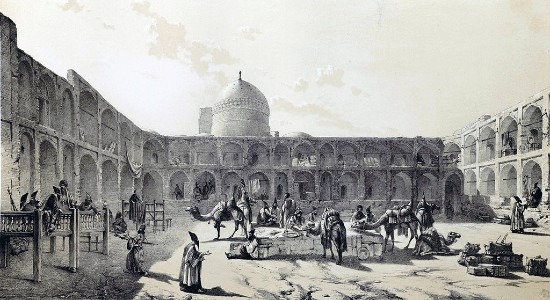
Hassan was a shrewd individual. He saw all around him that the Shia cause was on the rise. But he wasn’t fooled: the Seljuq sultan would be able to send wave after wave against his rebellious stronghold.
It was time to switch up his game. Realizing the asymmetrical power struggle he found himself in, he started resorting to terror to achieve his aims. The Seljuq state would not be beaten on the battlefield, but hollowed out through sheer cruelty.
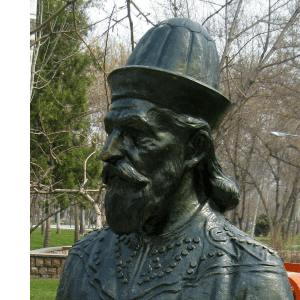
To press his mission forward, Hassan drafted an audacious plan. Vizier Nizam al-Mulk was licking his wounds nearby, coordinating and planning renewed assaults on the rebels. Hassan could scarcely think of a better target for his campaign than the staunchly anti-Shia vizier, de facto head of state of the Great Seljuq Empire.
On October 14th, 1092 CE, Hassan’s Order of Assassins scored its first hit. While being carried around in his litter, Nizam al-Mulk was approached by an individual in disguise. As the vizier tried to strike up a conversation, he found a dagger slitting his throat instead.
Before the vizier died, he wrote:
“Tell the Sultan, [i]f you have not already realized that I am your co-equal in the work of ruling, then know that you have only attained to this power through my statesmanship and judgment. (…) Tell him that the stability of [his] regal cap is bound up with this vizierial inkstand… If ever I close up this inkstand, [his] royal power will topple.”
— Nizam al-Mulk, vizier of the Great Seljuq Empire
– advertisement –
– article continues below –
Hassan’s mini-state was already threatening the heart of the Seljuq Empire. Now his secretive terror order had also undone the head of its administration. The Shia assassins would destabilize the Seljuq realm for decades to come.
In the event, Nizam al-Mulk’s last words proved of prophetic value. The Seljuq sultan died a month after the assassination. Without the influence of an all-powerful vizier like Nizam al-Mulk, the empire descended into a civil war over the sultan’s succession.
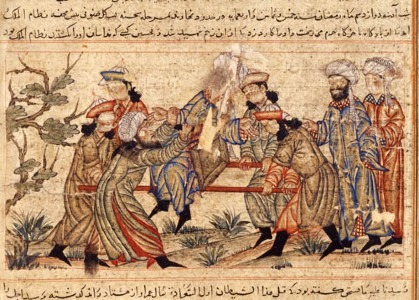
As brother fought against brother, it took the Seljuqs over 25 years of fighting to finally agree upon who should succeed the late sultan. The timing could barely have been worse. Three years into the Seljuq succession crisis, the pope gave a rousing speech in France, recruiting Latin Christianity into “liberating” Jerusalem from the sultan’s rule.
Although the mission was daunting, to say the least, the Crusaders managed to do just that. For lack of a powerful vizier or sultan at the helm, the Great Seljuq Empire failed to coordinate a unified response against the Western European onslaught.
The daggers of the Order of Assassins had plunged the Sunni Seljuq state into an unprecedented political crisis, paving the way for Crusader success.
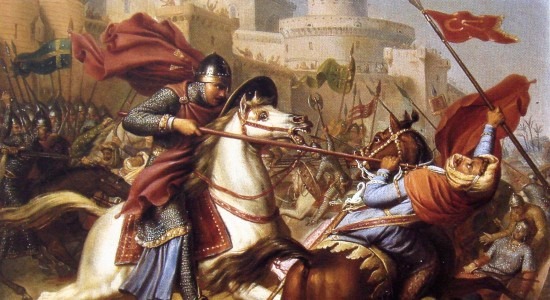
Disclosure: we work hard to provide you with exclusive medieval reports and guides. To make the Middle Ages accessible to everybody, we’d like this information to remain FREE. Therefore, some of the links below are affiliate links, meaning – at no additional cost to you – we will earn a small compensation if you click through.
Comments are closed.
Great article! Keep up the good writing.
Thanks so much, Delmer. Will do!
Hi there! I just would like to give you a huge thumbs up for your great information you have here on this post.
Wow, Brigette! Thanks for your kind comment. Much appreciated 🙂
Sav e d as a favorite, I love your web sitе!
Thanks for bookmarking us, Abraham! Welcome back anytime.